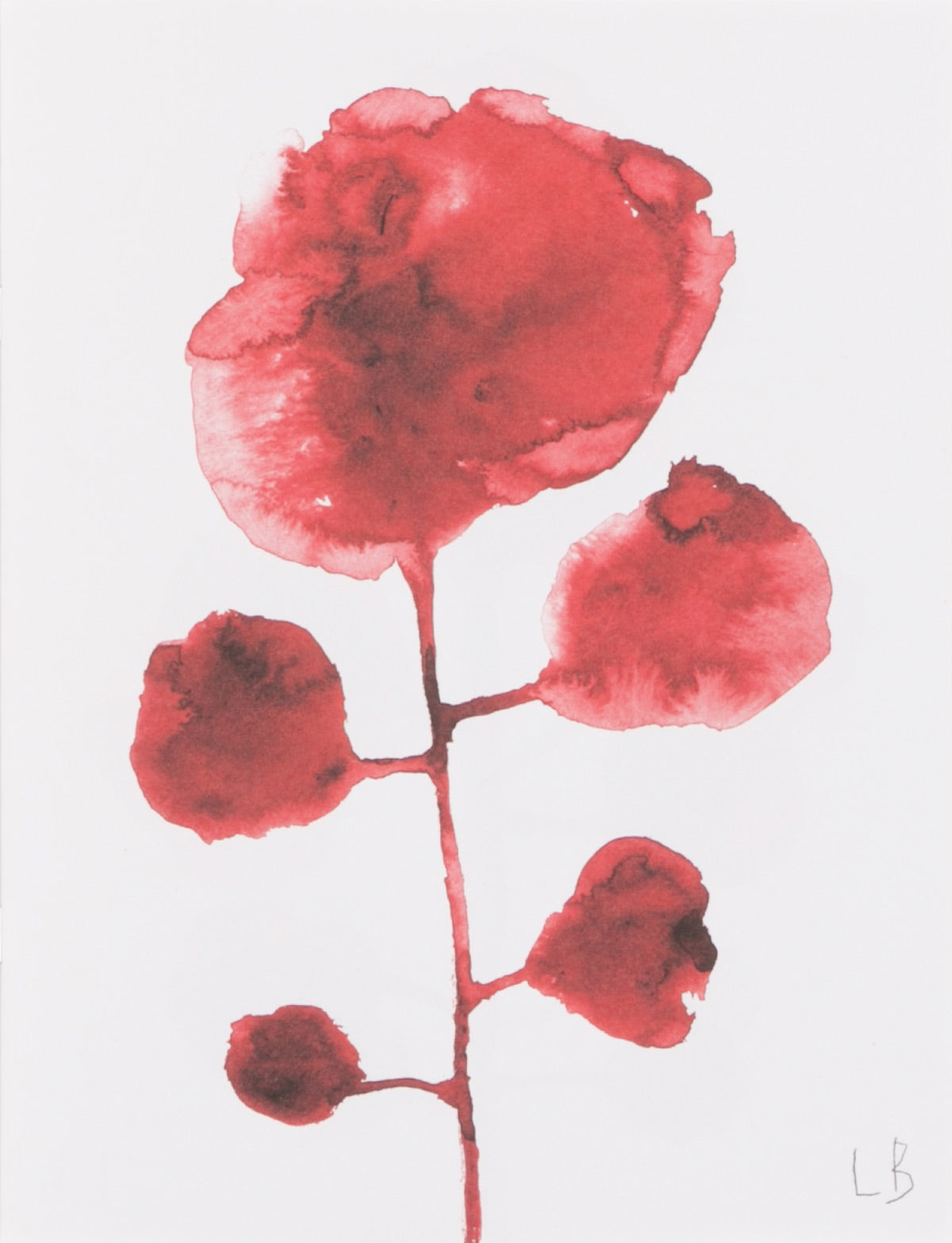Louise Bourgeois (1911 Paris – 2010 New York) grew up near Paris, where her parents ran a business restoring tapestries. Her childhood was marked by a complicated relationship to her father, who cheated on Bourgeois' mother with the British nanny. This traumatic experience haunted her throughout her life and was the major source of inspiration for her art. After pursuing studies in mathematics, Bourgeois attended a number of art schools in Paris. In 1938 she married the New York art historian Robert Goldwater (1907–1973) and moved to New York, where she raised three sons with him.
In the beginning, Bourgeois was focused on painting and printmaking. It was not until the late 1940s that she began to work as a sculptor. However, her almost obsessive writing, as well as drawing, always remained central forms of expression. After the death of her father in 1951, she became intensely involved in psychoanalysis. Bourgeois varied the proportions and unusual materials of her work as much as its forms, which oscillated between abstraction and figuration. Strong emotions such as loneliness, jealousy, anger, and fear make up the common thread throughout her work.
The first major retrospective of Bourgeois' work was held at the Museum of Modern Art in New York when she was 70. Subsequently, she created her monumental spider sculptures and the famous and uncanny ""Cells"" – structures she enlivened with hanging fabric dolls and other objects. Art was her means of working through the past and practicing a kind of exorcism.
28pages
19.5×25.5cm
Softcover
English
2023
ISBN 9783907179703






















